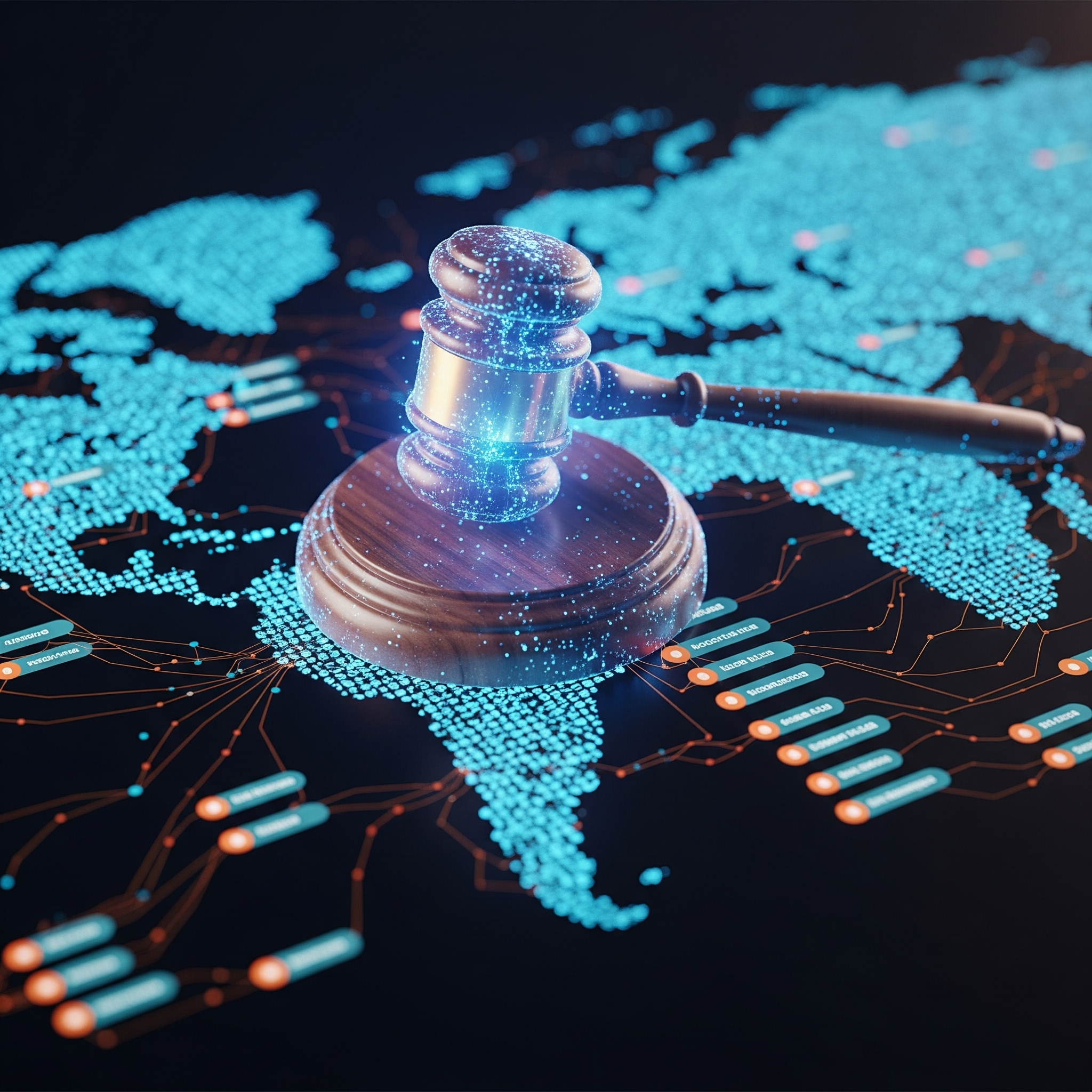Web3.0 Regulation: The 2025 Definitive Guide for Founders & Investors
In 2025, a comprehensive understanding of Web3.0 regulation is the most critical factor for success in the decentralized economy. For founders, developers, and investors, navigating the complex global landscape of Web3.0 regulation is no longer a footnote in a business plan—it is the central pillar of a sustainable and scalable strategy. Failure to address it proactively is the single greatest risk to any project in the space.
This definitive guide provides a clear, high-level analysis of the state of Web3.0 regulation across key global jurisdictions. We will examine the legislative trends and policy challenges that define the industry, offering the forward-looking insights you need to manage risk and seize opportunities.
The Global Landscape of Web3.0 Regulation
The core challenge for lawmakers is immense: how to apply existing legal principles to fundamentally new, decentralized structures like DAOs and DeFi protocols. This has created a dynamic and often uncertain environment. Any robust analysis of Web3.0 regulation must focus on how different governments are trying to solve for consumer protection, financial stability (AML/CFT), and taxation without stifling the innovation that makes Web3.0 so revolutionary.
US Web3.0 Regulation: A Focus on Enforcement
The United States market remains a top priority, but its approach to Web3.0 regulation is defined by legal battles rather than clear legislation.
- Dominant Trend: The strategy is “regulation by enforcement,” led by agencies like the SEC. Instead of creating new laws for Web3.0, they are applying existing securities laws, leading to high-profile lawsuits that create a climate of uncertainty. This makes expert legal guidance essential for anyone navigating the challenges of US Web3.0 regulation.
- Outlook: As of mid-2025, comprehensive federal legislation on Web3.0 regulation is still stalled. The immediate risk for projects is being deemed non-compliant under decades-old rules that were not designed for this technology.
EU Web3.0 Regulation: The MiCA Framework Explained
The European Union has positioned itself as a global leader in creating a clear #LegalFramework for the industry.
- Dominant Trend: The EU’s strategy for Web3.0 regulation is defined by its landmark Markets in Crypto-Assets (MiCA) law. Now in its full implementation phase, MiCA provides a single, harmonized rulebook for most crypto-assets and service providers.
- Outlook: MiCA offers unparalleled clarity and a “passport” to the entire EU market. However, the next phase of EU Web3.0 regulation will likely focus on the more complex areas of DeFi and NFTs, which are not fully covered by the current text. Staying ahead of these future rules is key.
Asian Web3.0 Regulation: A Region of Contrasts
Asia presents a mosaic of different approaches to Web3.0 regulation, requiring a highly tailored, jurisdiction-specific strategy.
- Innovation Hubs (Hong Kong, Singapore): These nations have embraced their roles as regulated hubs, establishing clear licensing frameworks to attract capital and talent. Their approach to Web3.0 regulation is designed to foster growth within a secure environment.
- Cautious Adopters (Japan, South Korea): These countries have mature but strict rules focused on investor protection. Their Web3.0 regulation frameworks are constantly being updated to address new market developments.
- Emerging Frameworks (Taiwan): Leveraging its “Financial Sandbox,” Taiwan is taking a cautious but observant approach. The developing Web3.0 regulation here aims to balance innovation with financial stability, making it a key jurisdiction to watch in the region.
- Restrictive Regimes (Mainland China): China’s policy represents the strictest form of Web3.0 regulation, banning crypto transactions while heavily promoting state-controlled blockchain technology.
Frequently Asked Questions (FAQ) about Web3.0 Regulation
- What is the biggest challenge in Web3.0 regulation today?
The primary challenge is applying centralized, analog-era laws to decentralized, digital-native organizations. Defining legal entities for DAOs and determining the status of tokens (e.g., security vs. commodity vs. utility) are central hurdles for effective Web3.0 regulation.
- Which country has the clearest Web3.0 regulation?
As of 2025, the European Union offers the most comprehensive and clear framework through its MiCA legislation. This provides a single set of rules for operating across its 27 member states, though compliance can be complex.
- How does Web3.0 regulation impact DAOs and NFTs specifically?
These areas are the next frontier for regulators. DAOs challenge traditional corporate law, while NFTs raise complex questions about intellectual property, royalties, and securities law. The Web3.0 regulation for these specific assets is still being actively developed worldwide.
Master Your Compliance Strategy
The future of Web3.0 will be built by those who can innovate within the bounds of the law. Understanding the nuances of global Web3.0 regulation is not a task to be taken lightly.
Our firm specializes in navigating the legal and policy complexities of the decentralized world. We provide projects with the strategic counsel needed to thrive in this evolving environment. Don’t let regulatory uncertainty derail your vision.
Contact our experts today for a strategic assessment of your project’s compliance needs and build a future-proof foundation for your Web3.0 venture.
#Web3Regulation #CryptoPolicy #LegalFramework #Innovation #RiskManagement #GlobalLaw

